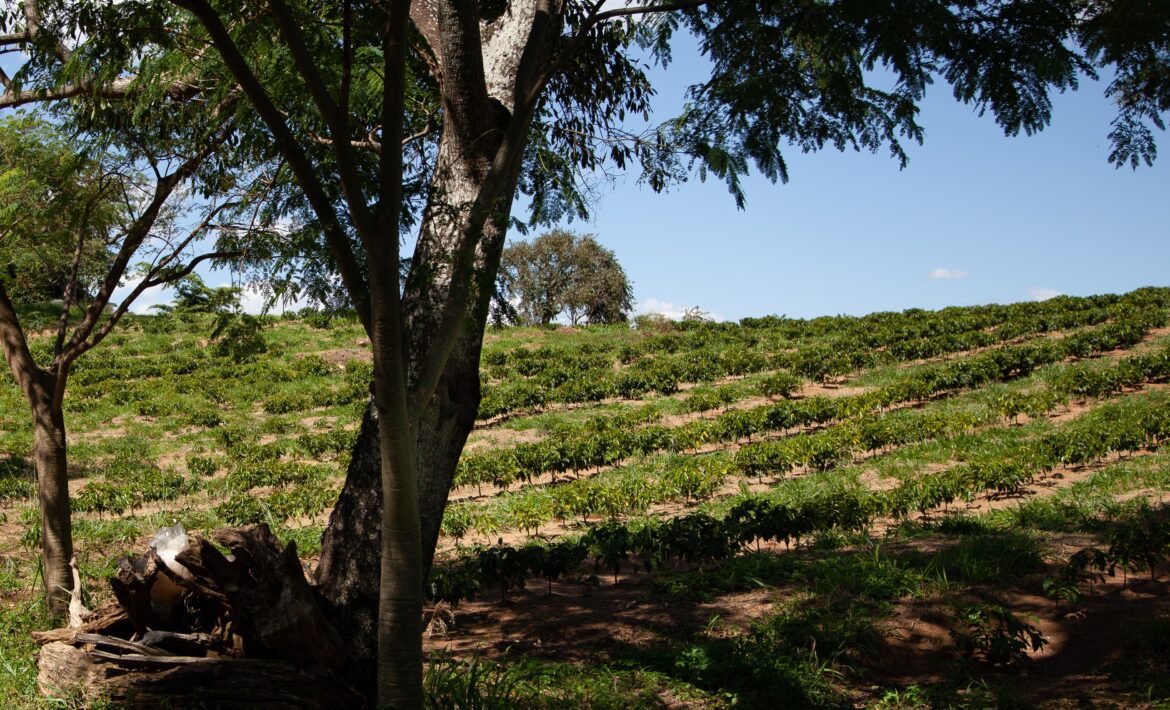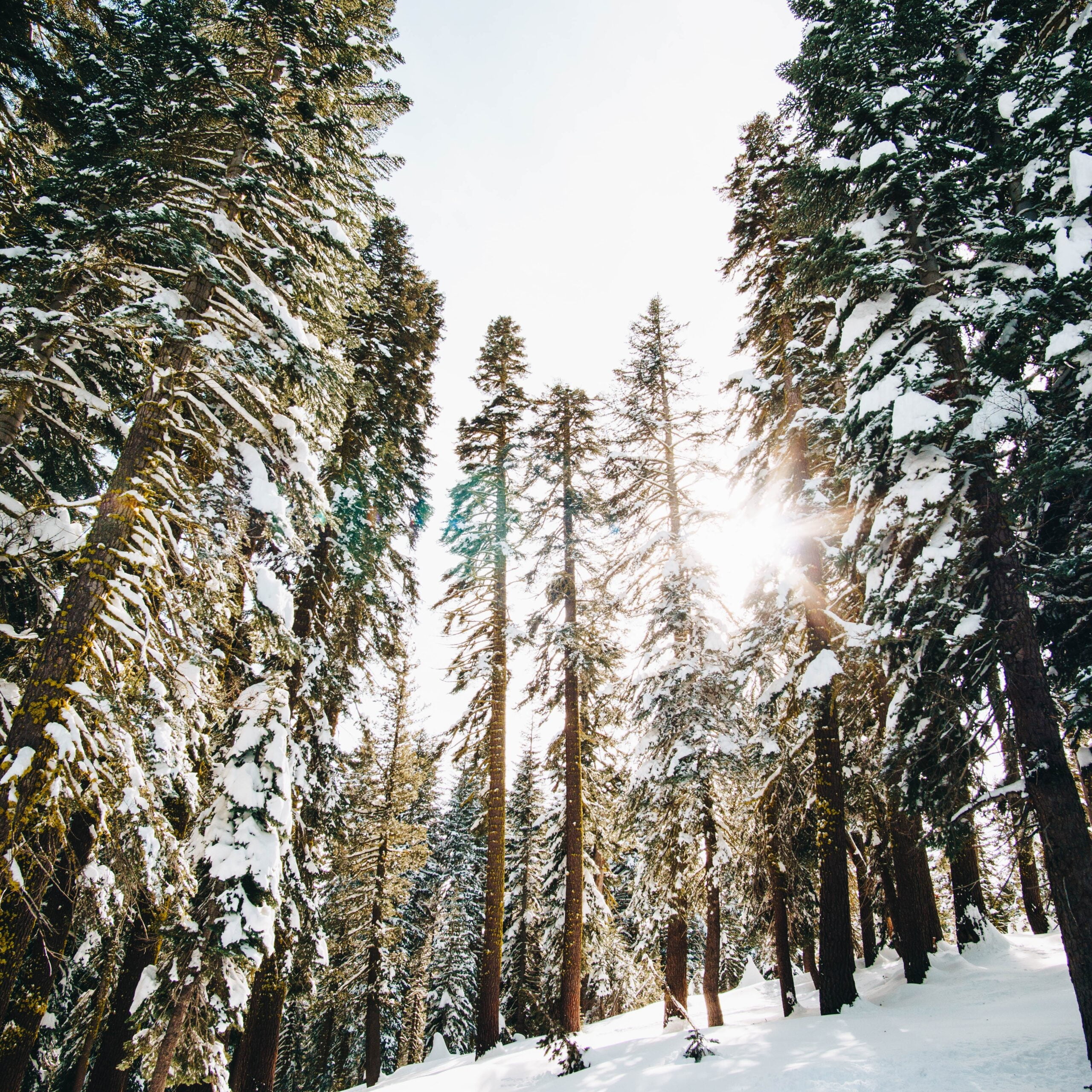
Blue Carbon Ecosystems: An Introduction
Blue carbon ecosystems such as seagrass, mangroves and salt marshes store carbon and are crucial to climate change mitigation and adaptation. They also provide other economic and social benefits for people. These ecosystems are very vulnerable to and threatened by human activities.Governments and other actors should place focus on the conservation and restoration of these ecosystems.






